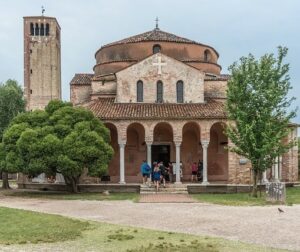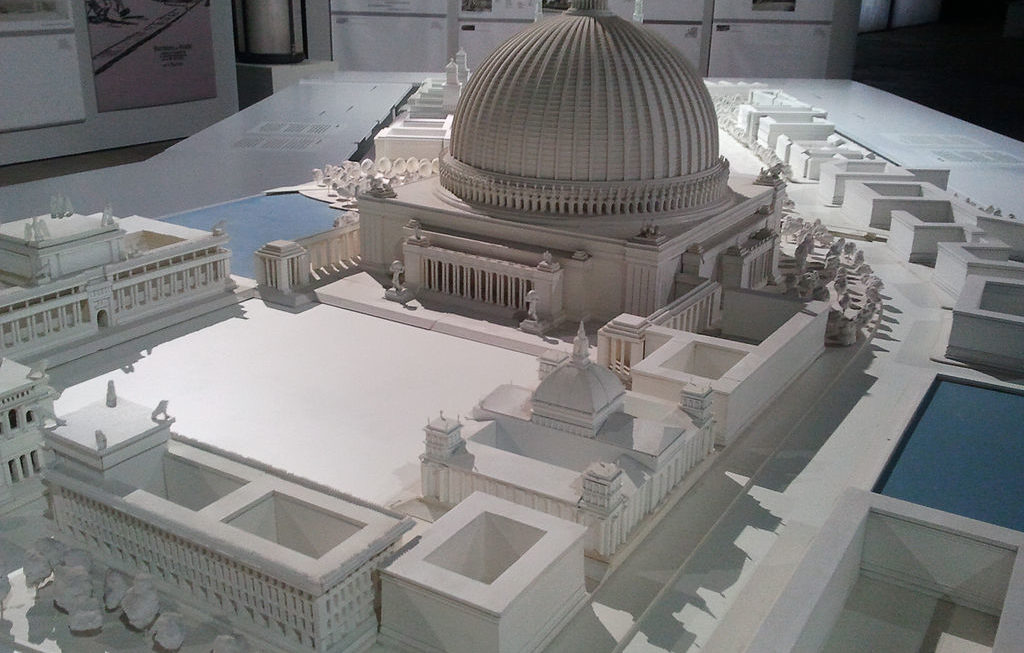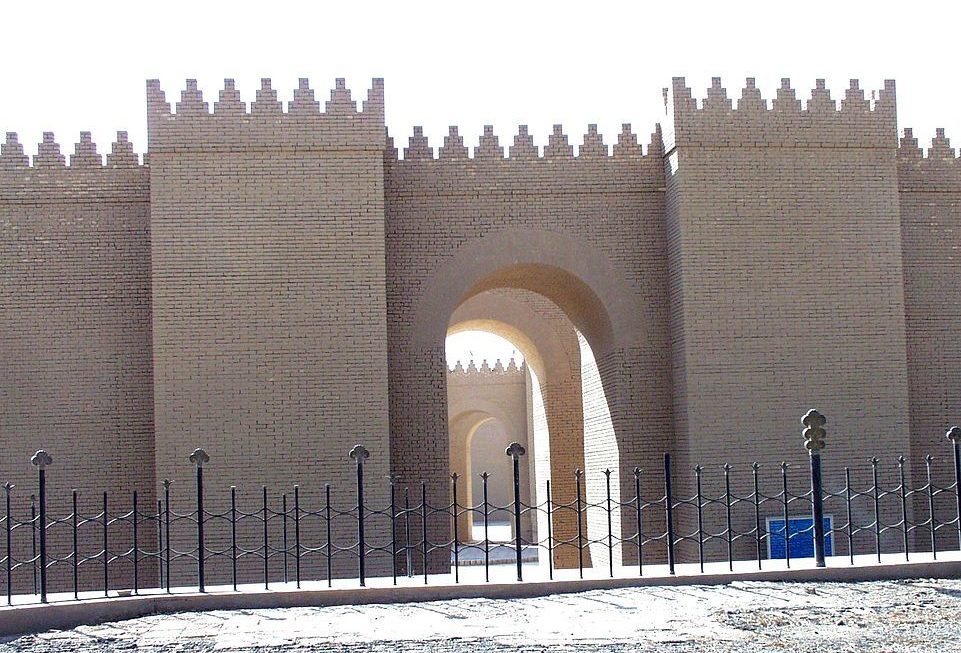The architecture of Europe is quite diverse if you compare it to the architecture of Asia or Africa. You might be surprised to learn that thanks to the different cultures and architectural styles that influenced Europe during different periods, it’s possible to experience very different feelings when walking through its cities or buildings. I’m hoping that by reading this information, you can start to appreciate the European style of architecture more, or at least be given a fresh perspective and join me in appreciation for its uniqueness.
Ancient Greek

Ancient Greece’s influence on the architecture of Europe can be traced all the way from the Ancient Greeks’ first use of columns in architecture to the present.
The Ancient Greeks lived between about 2000 BC and 100 AD, and their style of architecture, including their use of columns, influenced many buildings that were built during the Renaissance, a period in the 14th through 17th centuries in which there was a “rebirth” of interest in classical culture. Many buildings built during that time reflect the influence of Ancient Greek architecture.
You can still see the influence of Ancient Greek architecture today. For example, many government and civic buildings in Europe and even in the United States look like they could have been built by the Ancient Greeks, because they are styled with many columns.
Ancient Roman Empire
The Ancient Roman architecture influenced the architecture of Europe. Its influence was spread over a vast area, from Britain to Africa, and from Syria to Spain. The architecture of Ancient Rome was greatly influenced by Greek architecture, but then, it created its own new architectural style, combining certain elements of Greek with others to form the unique Roman style. The Romans introduced vaulted roofs and concrete construction into Europe. Both of these techniques were later adopted in other European countries and cultures. In addition, because much of what we know about the Romans comes from their architecture, many of the most important Roman buildings were rebuilt in subsequent centuries by other European cultures looking to recapture some of the glory of Rome.
Byzantine Culture

It was a culture that originated in the Eastern Mediterranean in ancient times and lasted until the 15th century. The Byzantine Empire was ruled by emperors who were also patriarchs of the Greek Orthodox Church. The Western Roman Empire had already collapsed by then, and Byzantine leaders believed they were the natural successors to Rome’s empire and its cultural traditions. The Byzantine people believed their city was a symbol of order, beauty, and security, while life outside its walls was chaotic, dangerous, and ugly. This led to an architectural style that included domes and vaulted ceilings with elaborate mosaics and paintings on the inside walls. These domes were often decorated with elaborate geometric patterns or images from mythology like gods and goddesses.
African cultures
Africa also influenced European architecture through its style of building houses with mud bricks instead of wood frames like those used in Europe at that time (though this style was not new to Africa). The mud bricks were very durable and could withstand harsh weather conditions better than any other type of construction material available at that time period; thus making them an ideal choice when building homes in areas like Egypt where flooding from the Nile River was common during certain seasons or years due to heavy rainfalls or periods where flooding occurred more frequently than usual (e.g., during drought conditions).




